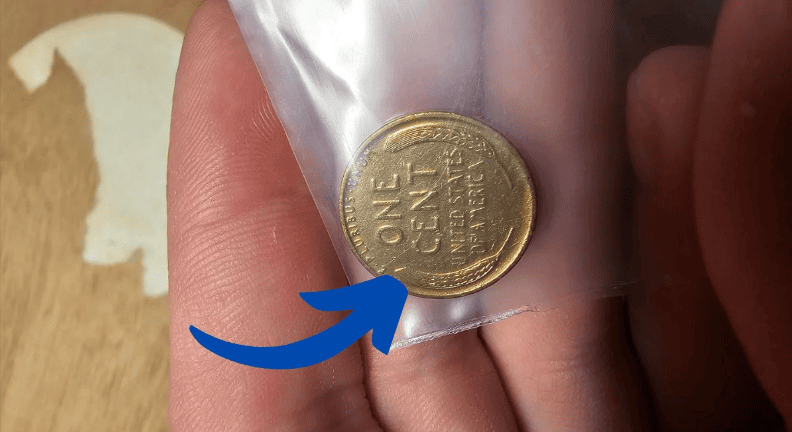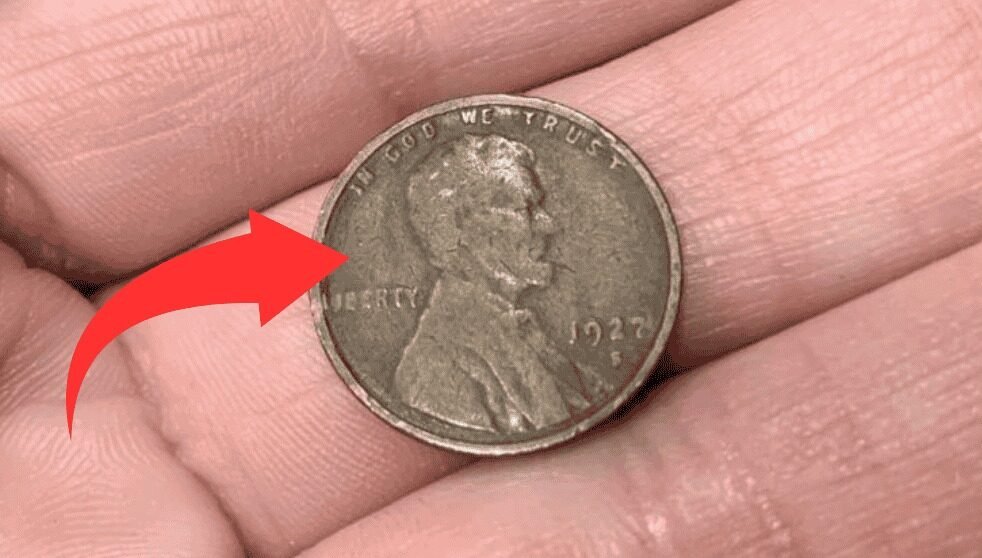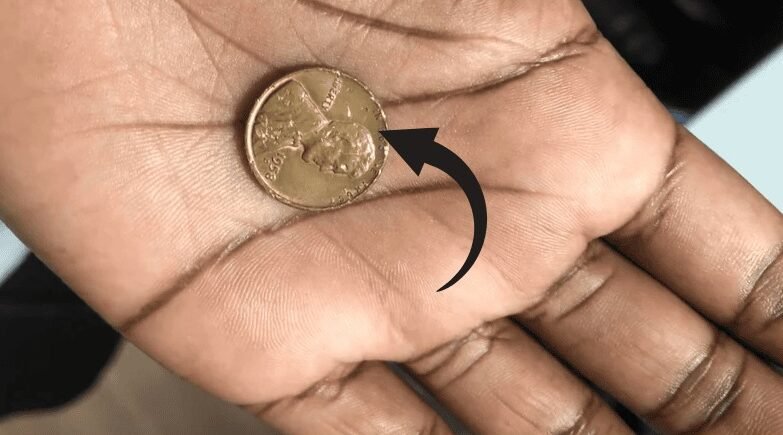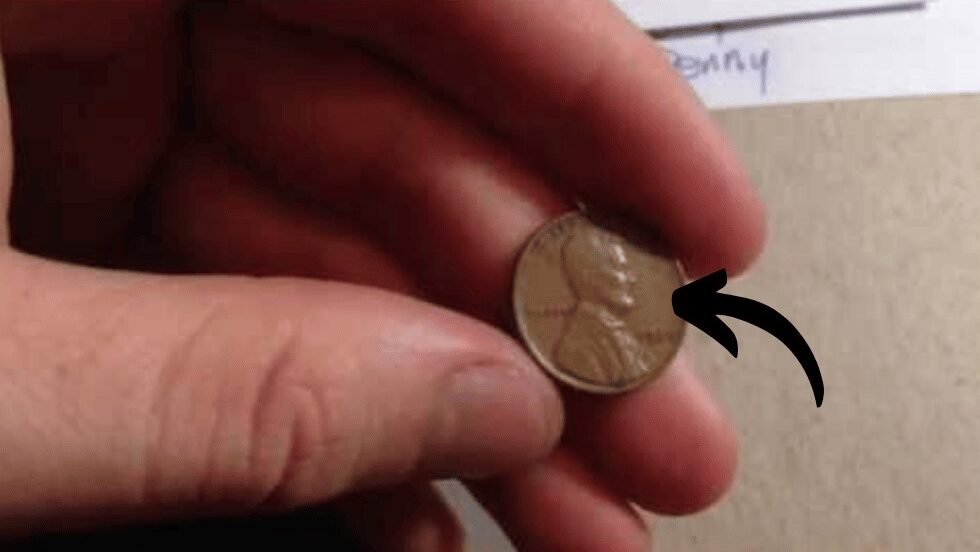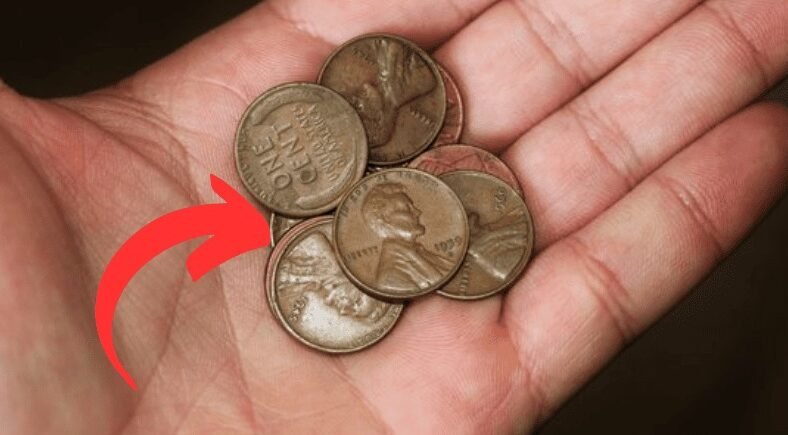Imagine finding a penny that could change your life forever. It sounds like a dream, but for some lucky people, it’s a reality. The 1943 Lincoln Wheat Penny, now valued at an astounding $800,000, is one of the rarest and most valuable coins in U.S. history.
Even more surprising is that this rare penny might still be circulating today, hiding in coin jars, old collections, or even among your change.
In this article, we’ll explore what makes the 1943 Lincoln Wheat Penny so valuable, how to identify it, and why coin collectors across the country are still on the hunt for this rare treasure.
What Is the Lincoln Wheat Penny?
The Lincoln Wheat Penny was introduced in 1909 to commemorate President Abraham Lincoln’s 100th birthday. The design, created by artist Victor D. Brenner, features Lincoln’s portrait on the front and two wheat stalks on the back.
Produced until 1958, the Lincoln Wheat Penny is a familiar coin to most Americans. While many of these pennies are worth only a few cents, a few rare versions are worth much more due to minting errors or special circumstances.
Why Is the 1943 Wheat Penny So Valuable?
In 1943, during World War II, the U.S. Mint decided to stop using copper for pennies and switched to zinc-coated steel in order to conserve copper for military uses. However, a few leftover bronze blanks from earlier years were mistakenly used in the minting process.
These rare bronze pennies were accidentally released into circulation, creating one of the most sought-after coins in U.S. history.
Among these coins, the 1943 Lincoln Wheat Penny that was struck at the Philadelphia Mint (with no mint mark) is the most valuable, fetching up to $800,000 in top condition. There are only a handful of these bronze pennies known to exist, which is why they are so highly prized by collectors.
How to Identify the $800K Penny
Wondering if you’ve found a rare 1943 bronze Lincoln Wheat Penny? Here’s how to check:
1. Year
The penny must be dated 1943. If it’s from a different year, it’s not the rare bronze version.
2. Color
Look at the penny’s color. The typical 1943 steel penny is silver-gray, but the rare bronze version will appear brown or copper-colored.
3. Magnet Test
Use a magnet to test the coin. If it sticks to the magnet, it’s made of steel. If it doesn’t, it could be bronze.
4. Weight
A bronze penny weighs about 3.11 grams, while the steel version weighs around 2.7 grams. You can use a digital scale to check the weight.
5. Mint Mark
The most valuable 1943 bronze pennies have no mint mark (indicating they were minted in Philadelphia). However, there are a few rare ones with a mint mark from the Denver (“D”) or San Francisco (“S”) mints, which are also highly valuable.
If your penny passes all these tests, it might be worth getting it professionally graded by a reputable service like PCGS or NGC to authenticate its value.
Could the $800,000 Penny Still Be in Circulation?
Absolutely. Despite the rarity of the 1943 bronze Wheat Penny, it is still possible that one could be hiding in your pocket change or an old collection.
Many people don’t check the coins they receive, and over the years, some rare pennies could have slipped through the cracks. If you’ve ever received loose change or gone through old coin jars, you may just find one of these legendary pennies.
Why Does This Coin Matter?
The 1943 bronze Lincoln Wheat Penny is more than just a coin; it’s a piece of history. It’s a reminder that sometimes the greatest treasures are hidden in plain sight.
For coin collectors and enthusiasts, it’s an exciting example of how a small mistake at the U.S. Mint turned into an incredible opportunity for those lucky enough to find it.
Valued at $800,000, the 1943 bronze Lincoln Wheat Penny continues to be one of the most coveted coins in American history. While rare, there’s still a chance it could be sitting unnoticed in your collection, waiting to change your life.
The 1943 Lincoln Wheat Penny, with its unexpected history and extraordinary value, is a rare find that could be worth up to $800,000.
With the potential to still be circulating in everyday change, this small piece of copper might just be hiding in your coin jar or loose change. So, before you dismiss that old penny, take a moment to inspect it—you could be looking at a small fortune in the palm of your hand.
FAQs
What is the 1943 Lincoln Wheat Penny?
The 1943 Lincoln Wheat Penny is a rare coin that was mistakenly struck using bronze instead of the usual steel during World War II. Only a few of these coins exist, making them highly valuable, with some fetching up to $800,000.
Why is the 1943 Lincoln Wheat Penny so valuable?
The 1943 Lincoln Wheat Penny is valuable due to a minting error. In 1943, the U.S. Mint switched to steel pennies, but a few bronze blanks were accidentally used, creating a very rare coin that is highly sought after by collectors.
How can I tell if I have a rare 1943 Lincoln Wheat Penny?
To identify a rare 1943 Lincoln Wheat Penny, check the year (1943) and look for a copper-brown color. Use a magnet to see if it sticks (steel pennies are magnetic). You can also weigh the penny—bronze ones weigh about 3.11 grams.
Could the 1943 Lincoln Wheat Penny still be in circulation?
Yes, it is possible. Despite being rare, the 1943 Lincoln Wheat Penny could still be in circulation today, hidden in coin jars, old collections, or even among your pocket change.
How do I authenticate my 1943 Lincoln Wheat Penny?
If you think you have a rare 1943 Lincoln Wheat Penny, it’s best to have it authenticated by a professional coin grading service like PCGS or NGC to determine its authenticity and value.
